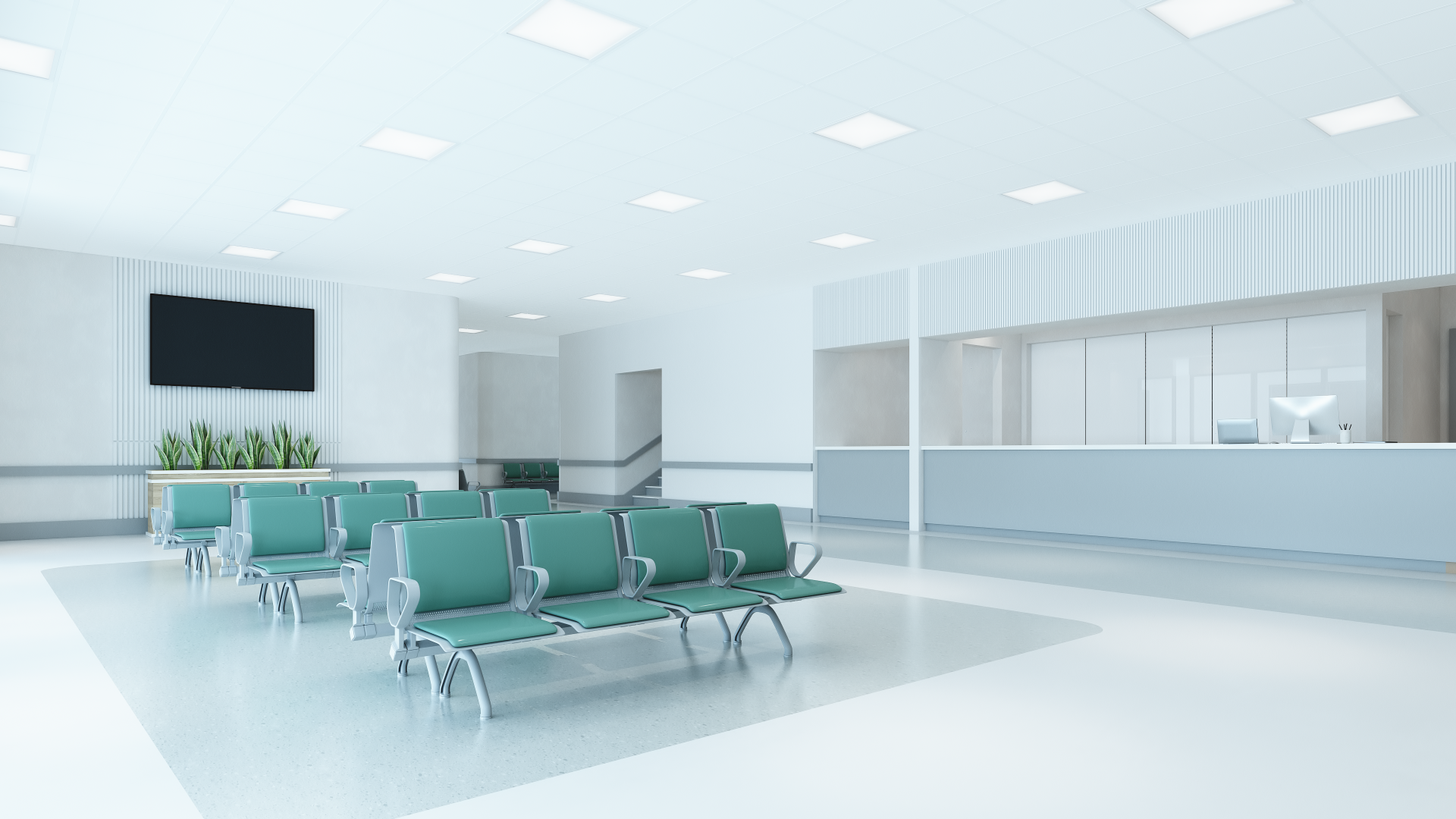Hygenic design for safer healthcare spaces
Creating a safe and clean environment is vital in healthcare settings, where patients’ health and recovery depend on the surroundings being as sterile and hygienic as possible. The NHS Constitution mandates that all healthcare organisations must “ensure that services are provided in a clean and safe environment that is fit for purpose, based on national best practice.” Furthermore, the Health Building Note (HBN) 00-10 outlines the importance of walls and ceilings in contributing to healing and reducing the risk of healthcare-associated infections. In this blog, we explore the principles of hygienic design, the standards required, and how Zentia’s range of ceiling solutions can help meet regulations.

Understanding Hygienic Design Principles
Hygienic design involves creating environments that minimise the risk of contamination and are easy to clean and maintain. This concept is especially critical in healthcare facilities, where the risk of infection can be significantly higher. Key principles of hygienic design include:
- Smooth and Non-Porous Surfaces: Materials used in healthcare settings should have smooth, non-porous surfaces that do not provide an environment for bacteria to grow and can withstand rigorous cleaning regimes.
- Ease of Maintenance: Components should be designed for easy access and maintenance, ensuring that all areas can be thoroughly cleaned regularly.
- Durability: Materials must be able to withstand frequent cleaning and disinfection without deteriorating over time, ensuring long-term effectiveness.
- Seamless Integration: To minimise potential contamination points, hygienic design often involves seamless integration of components, reducing gaps and joints where bacteria could accumulate.
Hygienic Design Standards in Healthcare
Healthcare facilities are governed by strict guidelines to ensure the highest levels of hygiene and health and safety. According to HBN 00-10, healthcare environments must be designed to promote healing and reduce infection risks. This includes specifying materials and products that can endure thorough cleaning methods, including fogging, without compromising their integrity.
To comply with these standards, products used in healthcare settings therefore must:
- Meet Antimicrobial Requirements: Materials should have antimicrobial properties to inhibit the growth of harmful microorganisms.
- Be Chemical Resistant: Surfaces must resist damage from cleaning chemicals, ensuring that their hygienic properties are not compromised over time.
- Support Infection Control: Design features should facilitate infection control measures, making it easier to maintain a sterile environment.
Zentia’s Hygienic Ceiling Solutions
While the focus of hygienic design extends beyond ceilings, they play a crucial role in maintaining a clean healthcare environment. Zentia’s range of ceiling products are designed with these principles in mind, offering solutions that are not only hygienic but also durable and easy to maintain.
For example, our Biobloc Family are designed specifically for healthcare environments, with a special coating that actively inhibits the growth of microorganisms. They are also built to withstand intensive cleaning processes including spray disinfectants and fogging. The family also includes an acoustic tile, offering the same antibacterial properties alongside enhanced acoustic qualities.
Hygienic design is critical in healthcare settings, where the risk of infection must be minimised to ensure patient safety and support healing. By adhering to hygienic design principles and standards, healthcare facilities can create environments that are easier to clean and maintain, reducing the risk of healthcare related infections. Zentia’s range of ceiling solutions aligns with these principles, offering durable, easy-to-clean, and antimicrobial products that help create safer healthcare spaces.